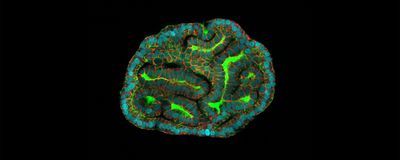stem cells

Reindeers Pave the Way for Regenerative Medicine
Sneha Khedkar | Dec 18, 2024 | 6 min read
Investigating how reindeers shed and regenerate their antlers offers clues into mammalian organ regeneration.
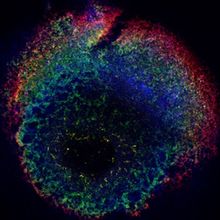
Scientists Get to the Heart of Blood Formation
Iris Kulbatski, PhD | Dec 11, 2024 | 4 min read
Researchers tweak heart-forming organoids to produce blood cells, in a process that mimics embryonic development.
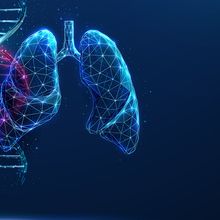
Nanoparticles Breathe New Life into Lungs
Sneha Khedkar | Oct 15, 2024 | 4 min read
Lipid nanoparticles deliver CRISPR tools directly to lung stem cells, offering new therapeutic avenues for treating genetic diseases.
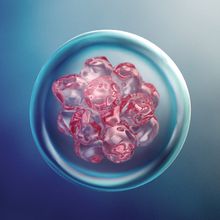
An Ode to Stem Cells
Meenakshi Prabhune, PhD | Sep 13, 2024 | 3 min read
Leveraging the versatility of stem cells allows researchers to advance science across multiple disciplines.
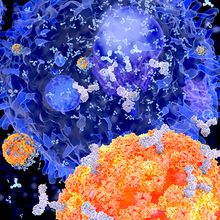
Stem Cell Editing Repairs Severe Immunodeficiency
Kamal Nahas, PhD | Mar 20, 2024 | 5 min read
Scientists hoping to treat immunodeficiencies using gene therapy have found a way to edit stem cells in mice without disrupting gene regulation.
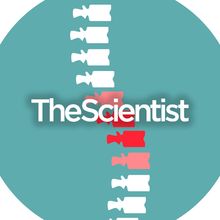
Exploring Stem Cell Strategies for Spinal Cord Repair
The Scientist Staff | Mar 13, 2024 | 1 min read
In this webinar, Stephanie Willerth and Nisha Iyer will discuss the latest models that scientists use for testing the potential of endogenous and exogenous stem cell therapies for cell replacement and functional restoration following spinal cord injury.
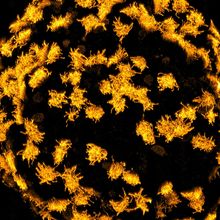
A Leap Towards Building Synthetic Organisms
Laura Tran, PhD | Mar 12, 2024 | 6 min read
Douglas Blackiston’s frog-fueled research seeks to push the boundaries of understanding developing organisms.

Fixing the Problem With Induced Pluripotent Stem Cells
Tanvir Khan, PhD | Oct 31, 2023 | 4 min read
A new strategy prevents reprogramming-induced epigenetic aberrations in human induced pluripotent stem cells.
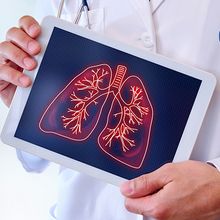
Stem Cells Breathe New Life into Lungs
Aparna Nathan, PhD | Oct 30, 2023 | 3 min read
New studies proposed using stem cells to make long-lasting lung grafts.
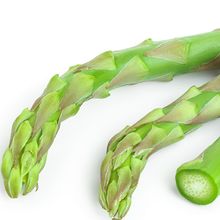
Food for Thought: A Recipe for Regenerating Nerves
Iris Kulbatski, PhD | Oct 23, 2023 | 3 min read
Al dente asparagus stalks may hold the key to successful neural stem cell therapy for repairing injured axons.
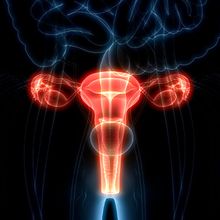
Differentiated Stem Cells Can Kickstart Fertility in Mice
Aparna Nathan, PhD | Oct 23, 2023 | 3 min read
Ovarian cells derived from stem cells restore hormones and cells needed to produce pups.
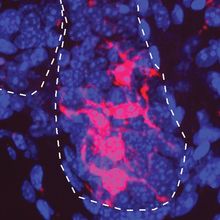
Hair Turns Gray Due to Stuck Stem Cells
Mariella Bodemeier Loayza Careaga, PhD | Sep 8, 2023 | 3 min read
Hair-coloring stem cells must swing back and forth between their maturity states to give hair its color.
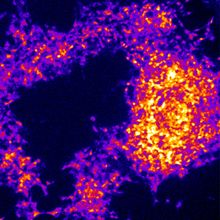
A Stem Cell Zoo Reveals Surprising Differences in Embryogenesis
Ida Emilie Steinmark, PhD | Sep 1, 2023 | 2 min read
By comparing stem cells from six mammals of different sizes, scientists discovered stark differences in embryonic development paces.
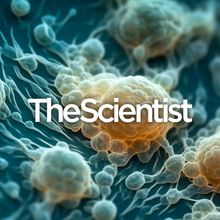
Modeling Human Disease and Development with Organoids
The Scientist | Aug 25, 2023 | 1 min read
Discover how scientists use cardiac and skin organoids to study differentiation and toxicity.
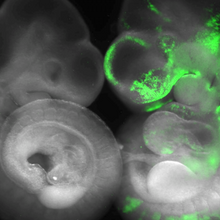
Chimera research opens new doors to understanding and treating disease
Hannah Thomasy, PhD, Drug Discovery News | Aug 9, 2023 | 10 min read
Animals with human cells could provide donor organs or help us understand neuropsychiatric disorders.

Islands of Knowledge: Hairy Skin Moles Make Their Mark
Iris Kulbatski, PhD | Aug 7, 2023 | 3 min read
Skin moles that sprout thick, long hairs produce signaling molecules that stimulate hair follicle stem cells to initiate new hair growth. This discovery may make baldness a thing of the past.
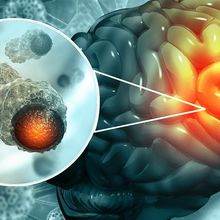
Capturing the Brain Tumor Microenvironment with Tissue Engineering
Deanna MacNeil, PhD | Aug 4, 2023 | 3 min read
Researchers built a 3D glioblastoma model to study therapeutic resistance and improve drug screening systems.

The Future of Gene Therapy for a Rare Pediatric Autoimmune Disease
Niki Spahich, PhD | Jul 10, 2023 | 3 min read
By editing a mutated immune regulatory gene in patient cells, Rosa Bacchetta brings hope to those suffering from IPEX syndrome.
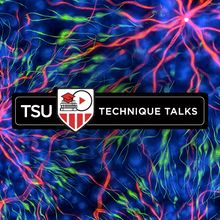
Best Practices for Organoid Technologies
The Scientist | Jun 20, 2023 | 1 min read
Dosh Whye will discuss best practices for organoid modeling and how researchers leverage the latest technologies to achieve their goals.
